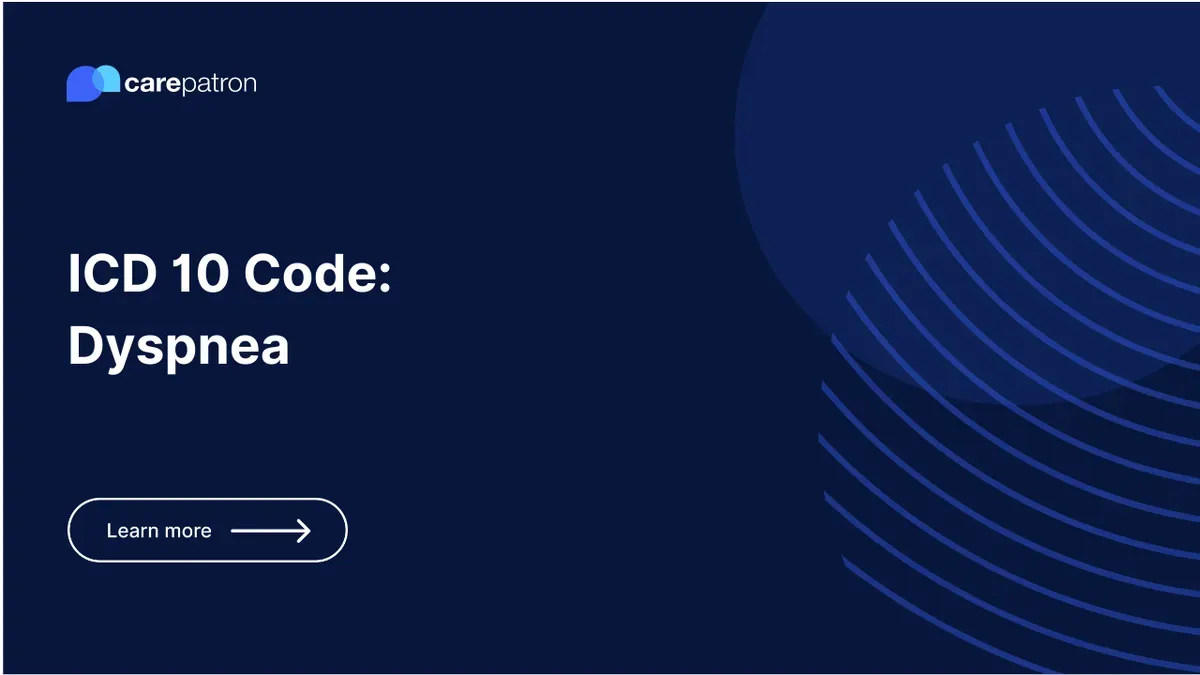
Dyspnea ICD-10-CM Codes
Here’s a complete guide to Dyspnea ICD-10-CM codes for 2023, including related codes, billability, clinical information, synonyms, etc.
Use Code
Commonly asked questions
You can use a dyspnea ICD code after you’ve made an established diagnosis that may be causing the patient’s dyspnea.
All of the specific codes associated with dyspnea are billable.
Common treatments for dyspnea include steroids, medication, rehabilitation, and bronchodilators. Aside from these, practitioners may also recommend exercise and eating a balanced diet in addition to the treatments provided.
EHR and practice management software
Get started for free
*No credit card required
Free
$0/usd
Unlimited clients
Telehealth
1GB of storage
Client portal text
Automated billing and online payments
